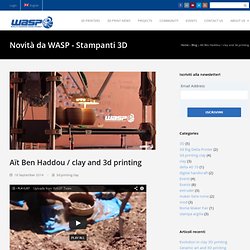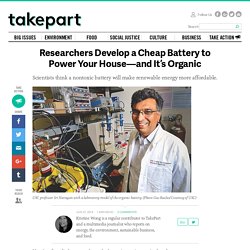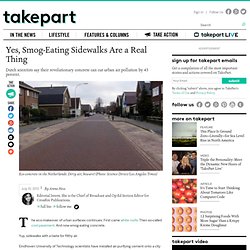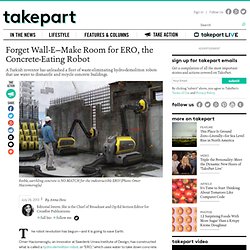

Urban Mining - Earthrise. Aït Ben Haddou / clay and 3d printing - WASP. Ait Ben Haddou was the place were we went to reach the clay for our Big Delta, we were equipped of shovels, picks and sacks.

The idea to go there came from a flyer which illustrated Ait Ben Haddou as an ancestral architecture example. Alì, our driver, told us that in the desert houses are made by clay and that in Berber tradition for each wedding the couple choose the colour of the clay for their house between red and green. So we lost ourselves between the high clay walls of Ait Ben Haddou, were the red of the buildings meets the blue of the sky. Alì explained to us that the clay houses need no restoration except an addiction of 2 cm of soil every five years. So Ait Ben Haiddou offered us the chance to deal with the problem of water erosion, becouse of the continental, rainy weather of the center of Morocco. In the mean time we had beautiful snowy mountains at our back.
So we started our clay collection. Related Posts. Delta Wasp the 3d printer for clay houses. Researchers Develop a Cheap Battery to Power Your House—and It’s Organic. Here’s a dirty little secret about the batteries we increasingly rely on to power our emissions-free cars and store clean, green energy from the sun and wind: They contain metals that must be mined and can contaminate groundwater if they end up in landfills.

But an eco-friendly alternative could be coming soon. Researchers at the University of Southern California have developed a first-of-its-kind battery that replaces metal catalysts with quinone—an organic molecule that stores and transfers energy and can be found in fungi, bacteria, and even our bodies. The scientists predict such a battery will be 10 times cheaper to make and will last five times longer than a lithium-ion battery. A race is under way to develop battery technology to store electricity from wind farms and solar power plants, the growth of which has been exponential in recent years.
The problem: Existing battery technology is expensive. Here’s how their technology—a variant of a redox flow battery—works. Smog-Eating Sidewalks, They Do a Body Good. The eco-makeover of urban surfaces continues.

First came white roofs. Then so-called cool pavement. And now smog-eating concrete. Yup, sidewalks with a taste for filthy air. Eindhoven University of Technology scientists have installed air-purifying cement onto a city block in Hengelo, Netherlands, and published the results, which found that it reduced nitrogen oxide air pollution up to 45 percent in ideal weather conditions. The concrete, dubbed “photocatalytic,” is made with run-of-the-mill cement sprayed with a chemical—titanium oxide—that neutralizes air pollutants, the researchers’ abstract states. “[The concrete] could be a very feasible solution for inner city areas where they have a problem with air pollution,” said researcher Jos Brouwers in 2010 to CNN, when the pavement was in its early stages. So, what’s the world waiting for? Well, like most public work projects, it all comes down to cost. Forget Wall-E—Make Room for ERO, the Concrete-Eating Robot. The robot revolution has begun—and it is going to save Earth.

Omer Haciomeroglu, an innovator at Sweden’s Umea Institute of Design, has constructed what is called a hydro-demolition robot, or “ERO,” which uses water to take down concrete walls and structures. If it wasn’t already awesome enough that the bot uses water rather than disruptive and debris-producing force to dismantle concrete, ERO also recycles what it levels. While deconstructing, the robot separates and cleanly packages the recovered aggregate, water and rebar for later use. The demolition droid does the duty by blasting concrete with water at high pressure, a technique referred to as “hydro-demolition,” to break down and strip the concrete from its reinforcing structure.
ERO constitutes a greener and more efficient alternative to wasteful heavy machinery. ERO’s unique design also does not create violent vibrations that could damage different sections of a building and doesn’t destroy the fortifying rebar structures. Blue Marble Biomaterials.